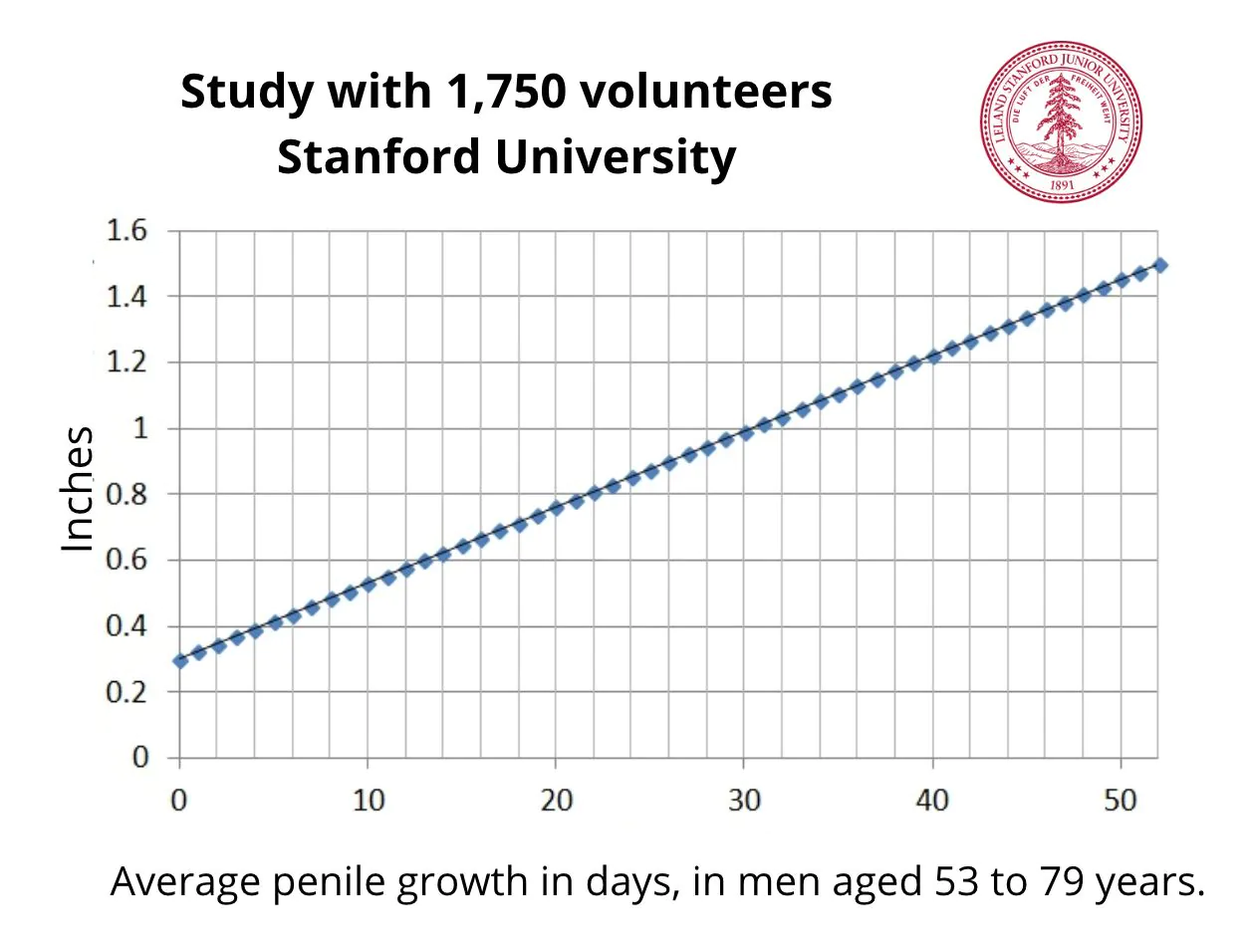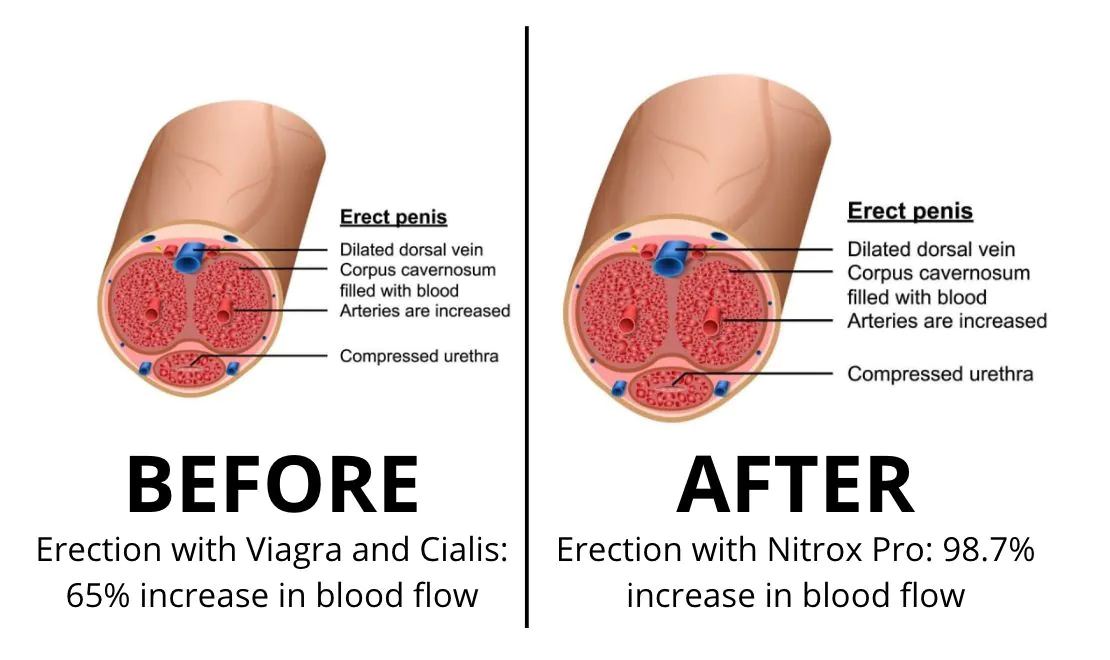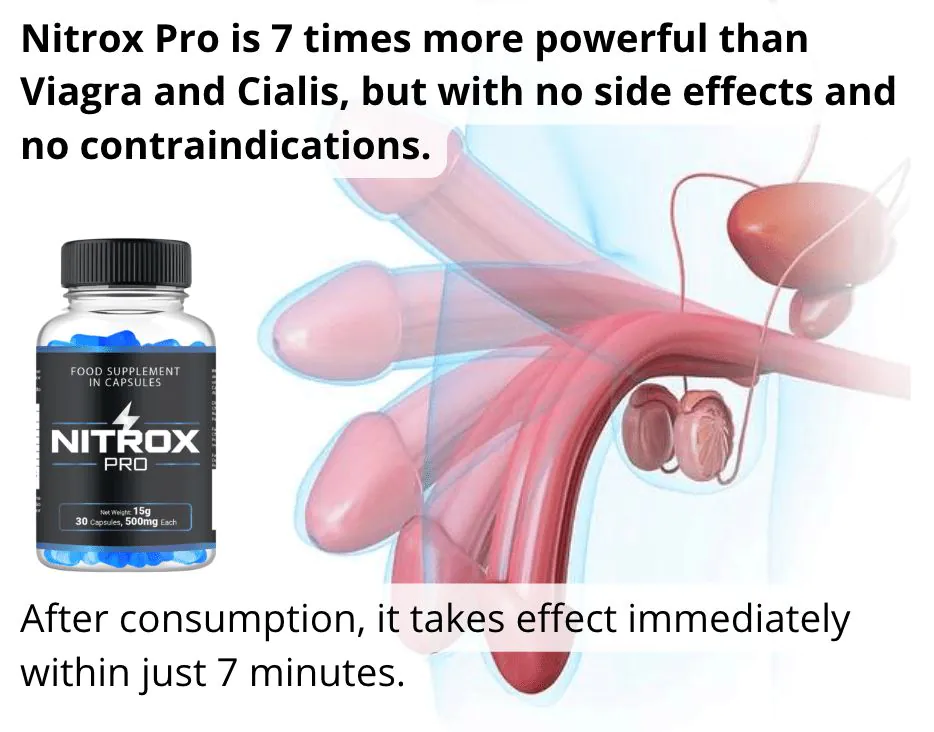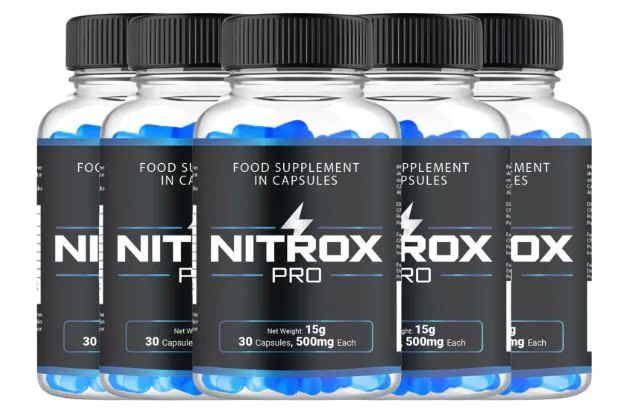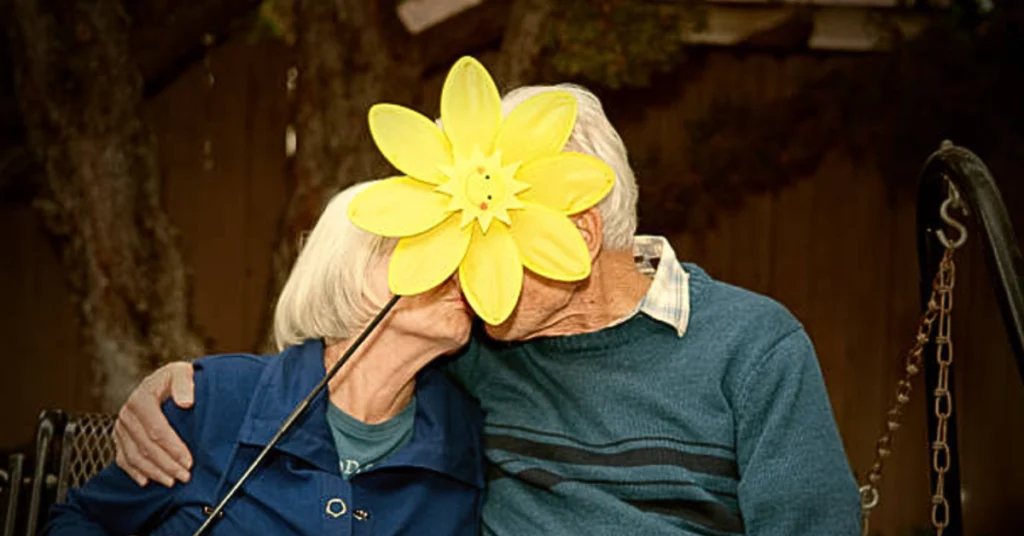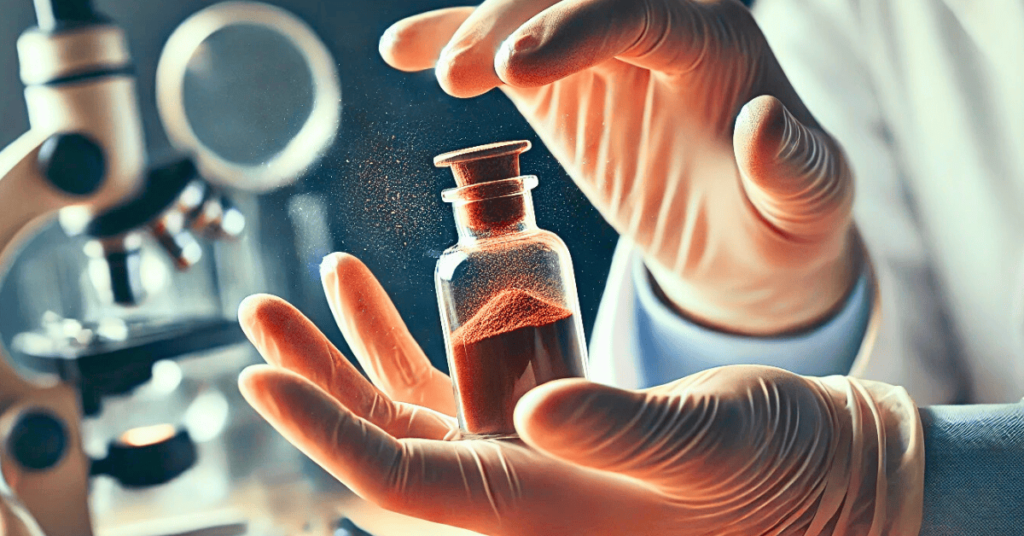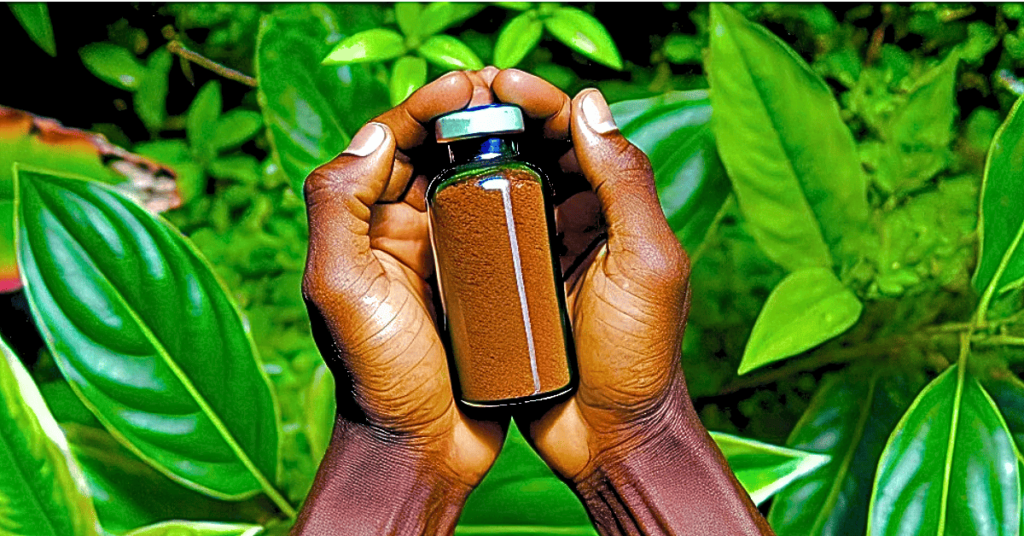Erectile dysfunction (ED) is more common in older adults, affecting about 40% of men by age 40 and up to 70% by age 70. Contributing factors include chronic health conditions, medications, hormonal changes, and psychological issues. Treatment options range from lifestyle changes and oral medications to therapy and devices. Early consultation with healthcare providers is crucial in managing ED effectively and enhancing overall quality of life.
Erectile dysfunction (ED) is a condition that many people mistakenly believe only affects older men. In reality, is erectile dysfunction more common in older adults? As we delve into this topic, you’ll find that the statistics reveal a significant prevalence among seniors. This article will explore the factors contributing to ED, its impact on the quality of life in older adults, and the various treatment options available.
Understanding Erectile Dysfunction

Erectile Dysfunction (ED) is defined as the inability to achieve or maintain an erection sufficient for satisfactory sexual performance. This condition is not merely a natural part of aging, but it can be influenced by many factors, including physical health, psychological well-being, and lifestyle choices.
ED can manifest in different ways and can be occasional or persistent. Many men experience ED at some point in their lives, but its frequency can increase with age. It is important to understand the various factors contributing to ED to address this common issue among older adults.
Common Causes of ED
- Chronic health conditions such as diabetes and heart disease can harm blood flow, making erection more challenging.
- Medications taken for other health issues can also lead to ED as a side effect. Always consider discussing any concerns with a healthcare provider.
- Psychological factors, including stress, anxiety, and depression, can severely impact sexual health and contribute to ED.
- Lifestyle choices such as smoking, excessive alcohol consumption, and a lack of physical activity may also play significant roles in the development of erectile dysfunction.
Understanding ED is vital for older adults as it can affect not only physical health but also emotional and relational aspects of life. Awareness, open discussions with healthcare providers, and seeking appropriate treatment can empower men experiencing ED to regain control over their sexual health.
Statistics on Age and Erectile Dysfunction

Statistics show that erectile dysfunction (ED) becomes more prevalent with age. Research indicates that approximately 40% of men experience some degree of ED by age 40. This percentage increases as men age, with studies revealing that nearly 70% of men over age 70 may face ED challenges.
One significant study found that up to 50% of men aged 60 to 69 reported having some problems with erections. These numbers highlight the reality that age is a key factor in the occurrence of erectile dysfunction.
Understanding these statistics is important for older adults, as it helps to normalize the conversation around ED. Many men feel isolated or embarrassed about their experiences, but knowing the commonality can promote open discussions and encourage men to seek help.
Additionally, research suggests that health conditions frequently associated with aging, such as diabetes and cardiovascular disease, can further increase the likelihood of experiencing ED. Regular health check-ups can be critical in detecting these issues early, leading to better management and outcomes.
Factors Contributing to ED in Older Adults

Many factors contribute to erectile dysfunction (ED) in older adults. Understanding these factors is essential as they can offer insights into potential treatment options and lifestyle changes.
1. Chronic Health Conditions: Conditions like diabetes, heart disease, and high blood pressure can all impede blood flow and damage nerves, limiting erection capability.
2. Medications: Certain medications prescribed for other health issues, including antidepressants and blood pressure medications, can have side effects that lead to ED.
3. Hormonal Changes: Testosterone levels often decrease with age. Low testosterone can decrease libido and result in difficulties with erections.
4. Psychological Factors: Mental health plays a significant role in erectile function. Conditions such as depression, anxiety, and high levels of stress can contribute to or worsen ED.
5. Lifestyle Choices: Lifestyle factors such as smoking, excessive alcohol intake, and lack of physical activity can increase the risk of ED. Healthy living practices can lead to better sexual health.
Recognizing these contributing factors can empower individuals to address them directly through medical consultation or personal lifestyle adjustments.
Impact on Quality of Life

The impact of erectile dysfunction (ED) on quality of life for older adults can be profound. ED can affect not only the individual but also their partner and overall relationship dynamics.
1. Emotional Well-being: Men with ED often experience feelings of frustration, sadness, or embarrassment. The psychological burden can lead to stress and anxiety, impacting mental health.
2. Relationship Strain: ED can create tension in a relationship, as intimacy is a crucial component of bonding. Partners may feel unloved or rejected, which can lead to conflicts and misunderstandings.
3. Reduced Self-esteem: Many men view sexual performance as a part of their masculinity. Experiencing ED can lead to diminished self-worth and feelings of inadequacy, further contributing to anxiety and depression.
4. Social Withdrawal: Some men may withdraw from social activities that they enjoyed due to embarrassment about their condition. This isolation can decrease overall life satisfaction and happiness.
5. Overall Health Awareness: Awareness of ED can also lead to better health practices. For some men, seeking treatment or making lifestyle changes as a result of ED can contribute positively to their general health, turning a negative experience into an opportunity for improvement.
Treatment Options for Older Adults

When it comes to treating erectile dysfunction (ED) in older adults, there are several options available. Understanding these treatment options can help improve sexual health and enhance quality of life.
1. Lifestyle Changes: Making healthier lifestyle choices can significantly improve ED. This includes maintaining a balanced diet, exercising regularly, quitting smoking, and reducing alcohol intake.
2. Oral Medications: PDE5 inhibitors such as Sildenafil (Viagra), Tadalafil (Cialis), and Vardenafil (Levitra) are commonly prescribed. These medications help increase blood flow to the penis and can be effective for many men.
3. Therapy: If psychological factors contribute to ED, consulting a mental health professional may be beneficial. Therapy can help address issues like anxiety, stress, or depression, often improving erectile function.
4. Vacuum Erection Devices: These devices create a vacuum that increases blood flow to the penis, resulting in an erection. They can be a useful option for those who prefer non-medication alternatives.
5. Penile Injections: In some cases, injections containing medication directly into the penis can help achieve an erection. This might be considered when oral medications are ineffective.
6. Hormone Therapy: For those with low testosterone levels, hormone replacement therapy may be an appropriate treatment to boost libido and improve sexual function.
Consulting with a healthcare provider is essential to determine the best course of treatment based on individual needs and health conditions.
Understanding Erectile Dysfunction in Older Adults
Erectile dysfunction (ED) is a common issue that affects many older adults. It can impact one’s emotional well-being, relationships, and overall quality of life. However, various treatment options are available to help manage and overcome this condition.
Recognizing the contributing factors to ED, including health conditions, lifestyle choices, and psychological challenges, is the first step toward finding effective solutions. With increasing awareness and open conversations about ED, men can seek the help they need.
From lifestyle changes to medical treatments, older adults have many avenues to explore for improving their sexual health. Engaging with healthcare providers can empower individuals to make informed decisions about their treatment options.
By addressing ED, older adults can enhance not only their sexual health but also their overall happiness and satisfaction in life.
FAQ – Frequently Asked Questions about Erectile Dysfunction in Older Adults
Is erectile dysfunction a common issue in older adults?
Yes, erectile dysfunction (ED) is quite common among older adults, with increasing prevalence as men age. By age 70, up to 70% of men may experience some level of ED.
What are some common causes of erectile dysfunction in older adults?
Common causes include chronic health conditions like diabetes and heart disease, hormonal changes, medications, and psychological factors such as stress and anxiety.
How does erectile dysfunction impact quality of life?
ED can lead to emotional distress, relationship strain, reduced self-esteem, and social withdrawal, significantly affecting overall quality of life.
What treatment options are available for older adults with ED?
Treatment options include lifestyle changes, oral medications, therapy, vacuum erection devices, penile injections, and hormone therapy. Consulting a healthcare provider is essential to choose the right approach.
Can lifestyle changes help improve erectile dysfunction?
Yes, making healthier lifestyle choices, such as exercising regularly, maintaining a balanced diet, quitting smoking, and reducing alcohol consumption, can significantly improve ED.
Is it important to discuss erectile dysfunction with a doctor?
Absolutely. Discussing ED with a doctor can help identify underlying health issues and determine the best treatment plan tailored to individual needs.



